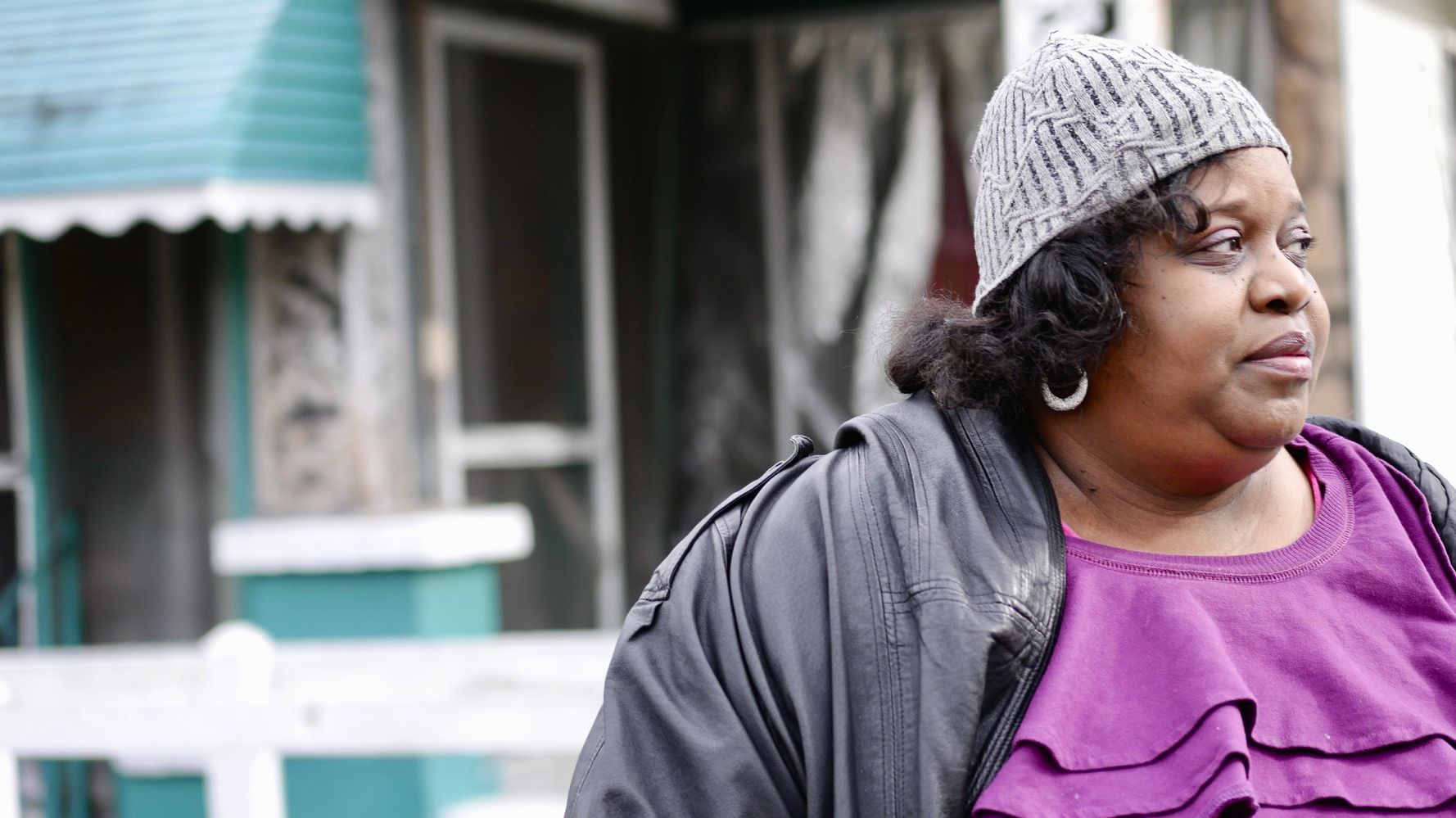[ad_1]
Keisha Brown was 12 the first time she stopped breathing.
She’d fallen asleep on a chilly November night in Birmingham, Alabama, to the sound of carloads of coal passing on a rail line through the neighborhood’s otherwise quiet backyards.
Brown awoke with a gasp. Her mother rushed in to find her usually calm child panic-stricken, unable to breathe. They sped to Carraway Hospital, where Brown was diagnosed with severe asthma. She’s lived with this condition for nearly three decades now — life-threatening mucus coating her inflamed airways.
Now 40, Brown lives in the same house. It’s modest, white with turquoise trim, a wheelchair ramp leading to a screened-in porch with a clear view of the rail line and the 400-acre industrial site that’s likely plagued her lungs all these years. Brown’s house is surrounded by steel mills, cement plants and two major producers of coke, a high-carbon fuel made by baking coal, that have operated for nearly a century. Across the street, two-story mounds that look like moss-covered hills but are really berms of another byproduct of the coking process block the view of factories beyond.
Signs along the chain link fence warn: “Potentially dangerous conditions may exist in this area.” Brown pointed this out with a laugh the first time I visited her at home in December 2018.
“No one will tell us what’s really going on in there,” Brown said. Dressed in a leather jacket and jeans, she had cotton balls tucked in her ears to help with asthma-related drainage.

Brown’s neighborhood of Harriman Park is a tight-knit, predominantly African American, working-class community. It’s part of the 35th Avenue Superfund site that the Environmental Protection Agency designated just north of downtown as part of the federal program created to clean up sites contaminated with hazardous pollutants.
Brown led me on a tour of the decaying Superfund loop: up the steep hill of Erwin Dairy Road to a sweeping view of the smoking towers below to a polluted industrial complex that was once a cow pasture. We passed the shuttered Riggins Alternative School where kids once had recess on contaminated soil until the school’s closure in 2010, allegedly unrelated to pollution. We passed houses where lawn chairs sat against the industrial site’s fence line, the neighbors long gone, abandoned homes remaining. The hospital where Brown was treated for childhood asthma attacks is now shuttered, too, its broken-windowed remains looming over a main drag into downtown.
The blight isn’t unique to this neighborhood. Instead, it’s indicative of a citywide struggle to recover from the steel collapse of the 1970s, white flight in response to the civil rights movement and systemic disinvestment in communities of color.
When Brown’s grandfather built this house nearly 70 years ago, Harriman Park was a respected neighborhood in one of the redlined districts for African Americans in segregated Birmingham. People here were proud, pollution or not. Besides, residents say, ask anyone who lived in Birmingham before the federal environmental laws of the 1970s, and you’ll hear stories of an entire city soaked in soot.
Growing up in the shadow of smokestacks wasn’t considered dangerous. But that didn’t last.
When the EPA conducted nationwide air toxics tests that led to an examination of the area’s soil in 2009, the agency discovered unsafe levels of arsenic, lead and polycyclic aromatic hydrocarbons like benzo(a)pyrene, associated with cancer, skin lesions and developmental delays.
By 2013, the EPA began a multiyear clean-up process to replace more than 1,000 acres of contaminated topsoil, notifying residents: Don’t eat or drink in your yard. Don’t chew gum outside. Don’t grow a garden. Wash children and their toys if they come in contact with the soil.
Like her neighbors, Brown was indignant. Who could keep children from playing outside? She worried about her son’s health, but she couldn’t afford to leave the house or her mother, who’d become permanently disabled working as a nursing home aide (she broke her back lifting a patient). Brown left behind ambitions of law school, quitting a government job to take care of her son and mother, who had also fought cervical cancer. Their health bills were adding up. They couldn’t afford a nurse.
Learning their neighborhood was on toxic land felt like another kick from bad luck.
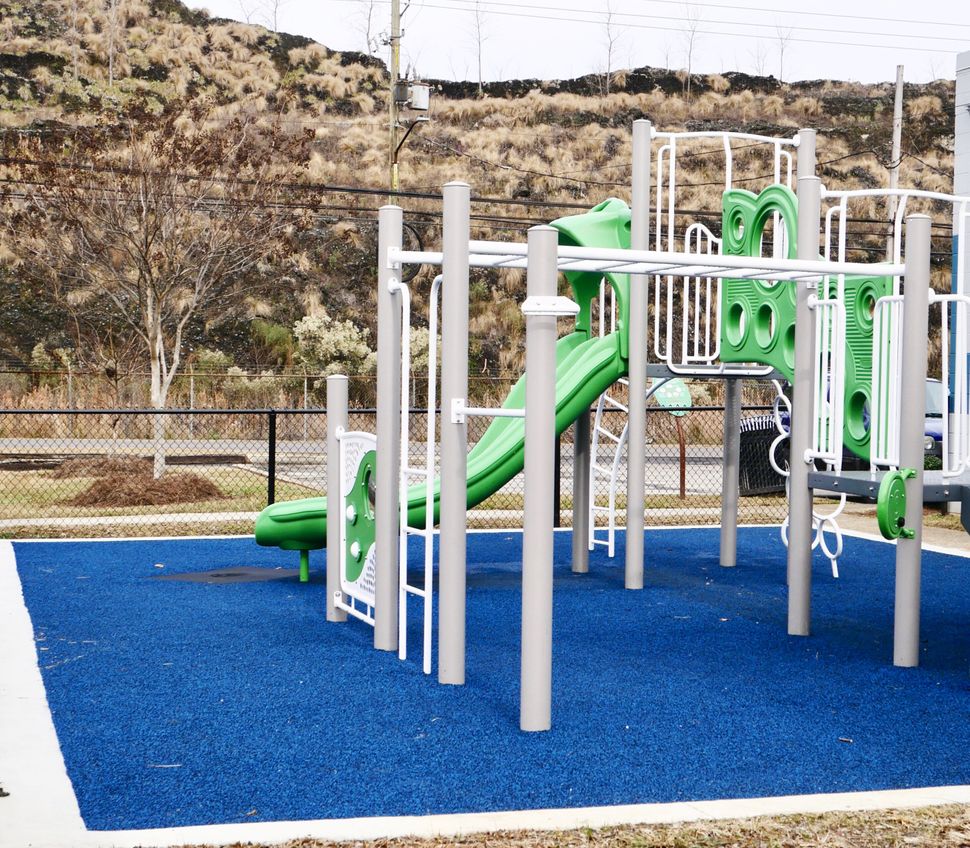
Brown, who long suspected her asthma was related to the nearby industry, began advocating against pollution through Enact, a team of researchers and community members examining environmental health issues, and as the vice president of the neighborhood association. She regularly appealed to the various state and federal agencies responsible for public health and safety, making little progress. And she appeared in countless news stories, sharing the ongoing trauma of ill residents like herself.
Since 2014, the EPA, the state of Alabama and five “potentially responsible parties” — Walter Coke, gas company Alagasco, pipe manufacturer U.S. Pipe and Foundry, sanitation company KMAC Services, and coal corporation Drummond Company — have all been in litigation to determine who will pay the final tally for the clean-up, which has so far cost U.S. taxpayers $25 million, according to an EPA spokesperson.
Meanwhile, Brown says residents of North Birmingham are living in a nightmare as bureaucracy and corruption undermine public health.
No one will tell us what’s really going on in there.
Keisha Brown, North Birmingham resident and activist
There are two main issues complicating North Birmingham’s path to environmental justice: The first, a public health dispute over whether residents of the Superfund site are really sicker than other populations; and the second, a complicated political scandal that makes research and restoration here nearly impossible.
By 2011, investigations by local station CBS 42 found residents throughout North Birmingham diagnosed with chronic illnesses. Multiple generations of families were suffering from cancer simultaneously; children were reliant on inhalers and breathing machines, and parents were searching for answers for unexplained dermatological and behavioral issues.
According to local health departments, though, those narratives aren’t backed by data. In 2014, the Alabama Department of Public Health examined 10 years of cancer data — looking at cancers known to be caused by environmental exposure — and found no significant difference between outcomes in ZIP code 35207 (where part of the Superfund site is located) and those of African Americans in the rest of the state.
The Jefferson County Department of Health examined birth and death records for African Americans living in the Superfund site and found no statistical difference in their infant mortality rates or deaths from cancer or chronic obstructive pulmonary disease compared to the rest of the county (when controlling for age, race, and sex). The department did not examine the prevalence of certain illnesses but did offer physicals during a community health fair and notified residents who had abnormal results. The collective data is still not publicly available.
Resident activists began pushing for comprehensive health screenings. But Dr. David Hicks, deputy director of health for Jefferson County, said in a recent interview that door-to-door health screenings would “not be an efficient use of resources.” In part, he said, there’s no medical standard for acceptable levels of toxins in adults. He also said North Birmingham won’t be safe until all the contaminated soil has been cleaned.
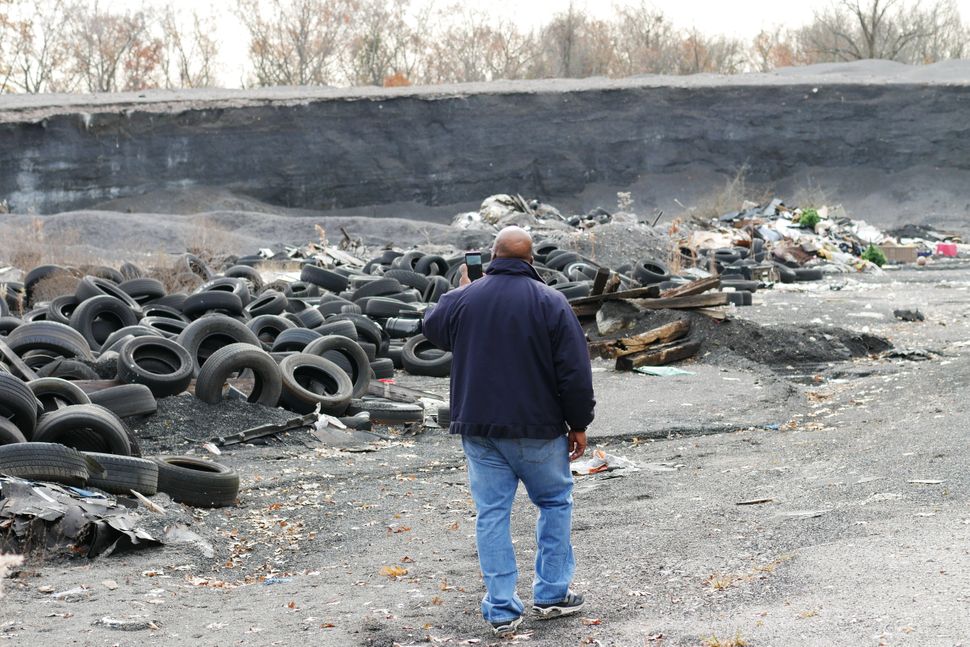
Dr. Mary McIntyre, the chief medical officer for the Alabama Department of Public Health, said there’s simply not enough money for the state to do comprehensive testing. Additionally, because of racist housing policies across the nation, people of color in the U.S. have long lived next to polluting industries. That makes researching environmentally induced illness in predominantly black neighborhoods particularly challenging because of the lack of control populations. Essentially, there aren’t enough historically black neighborhoods in the U.S. that are not close to environmental hazards. McIntyre said the state would welcome outside partnerships.
“Who has the resources to adequately deal with it?” McIntyre asked.
The easy answer is industry.
By 2014, the EPA entered litigation with the five potentially responsible parties for contamination. What happened next garnered more media attention than residents’ health concerns: Drummond Company bribed state Rep. Oliver Robinson (D) to oppose the EPA’s presence and encourage residents not to allow soil testing and to distrust anyone other than the companies that had long provided employment in the region.
The company’s law firm, Balch & Bingham, wrote letters that state officials, including then-Sen. Jeff Sessions and then-Gov. Robert Bentley, both Republicans, signed in opposition to the EPA National Priorities List designation that would allow for an expedited clean-up, funds for resident relocation and expanded testing into neighboring Tarrant, Alabama, where Drummond’s coking plant operates less than a mile from Brown’s home.
The result was a highly coordinated effort to block the EPA’s work and spread misinformation. In 2018, the key conspirators were convicted on federal bribery and conspiracy charges, but their efforts to cause general mayhem remain successful.
The reality is, they’re up against some of the wealthiest and most powerful players in the state.
Activists and residents are still pushing for the NPL designation. Meanwhile, the soil clean-up continues, but an EPA spokesperson said the agency does not have plans to expand testing. Residents who wish to leave the Superfund site remain stuck in homes with declining property value, while others (who originally opted out of testing) remain skeptical of whether they should allow the EPA to test their soil.
There’s been one small victory for justice: The EPA and the county health department sued Drummond Company, and in February 2019, the company was ordered to pay $775,000 for benzene pollution in a settlement to be split equally between the two agencies. A representative for the county health department said the money will go directly to the affected communities. Residents hope to use their half to establish a community trust.
Yet residents say the settlement is just a drop in the bucket for a company whose former CEO, Garry Drummond, was the wealthiest person in the state of Alabama, worth $980 million in 2016 before he died. His family sits on the board of trustees for the University of Alabama and has donated for years to Republican politicians and pro-coal lobbying groups.
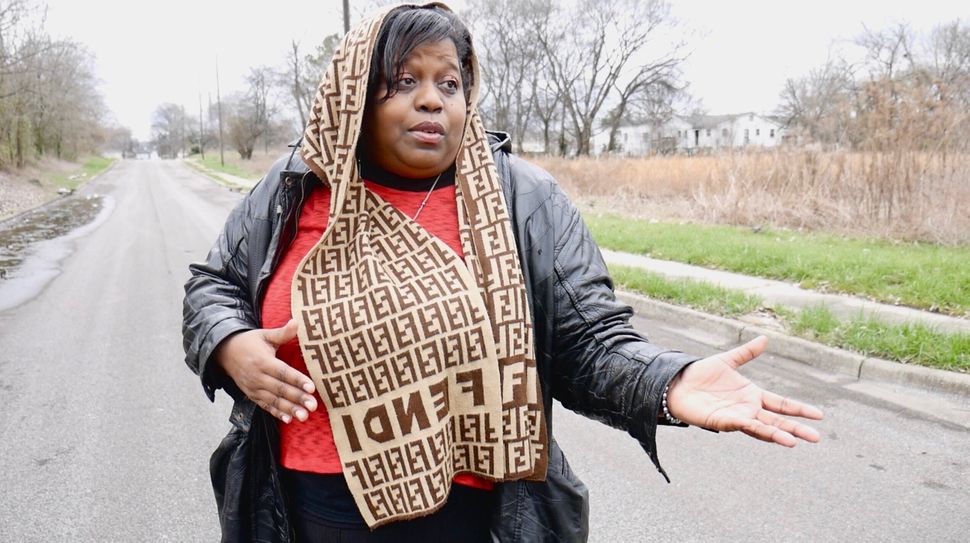
Thanks in part to Brown’s relentless advocacy, nongovernmental groups are reexamining the public health consequences of pollution in North Birmingham.
Past efforts, including a major study by a University of Alabama at Birmingham researcher, either failed or mysteriously ended — further damaging the trust of residents who’ve repeatedly offered blood, urine and breath tests without ever getting their results.
Dr. Shauntice Allen, an assistant professor of environmental health science at the University of Alabama at Birmingham, hopes to change that. Allen is planning to conduct a survey that specifically asks residents how pollution affects their daily lives. It’s important to have that community perspective as well as the data, she said in a recent interview.
But the results are unlikely to end the debate over residents’ health, Allen warned. “Obviously, having that information and then how it’s received are two different things,” she said. “How do you make change?”
Meanwhile, an evangelical environmental group called Restoring Eden has conducted health surveys in communities across the country where people live in close proximity to pollution. Its founding director, Peter Illyn, began working with Brown in 2017.
Restoring Eden is collecting data from residents in North Birmingham this summer and will send it to Dr. Michael Hendryx, a professor of environmental and occupational health at Indiana University who has examined the team’s research for years. Based on Restoring Eden’s work, Hendryx has published findings linking poor health to proximity to mountaintop removal in West Virginia.
Sarah Yonts, the North Birmingham program manager for Restoring Eden, sees the group’s work as complementary to other efforts and notes that it’s not advocating against industry, but rather, fighting against poor health.
“If these results showed that there are health implications associated with industrial pollution, then it would only strengthen someone’s argument” for more funding and for more research, she said.
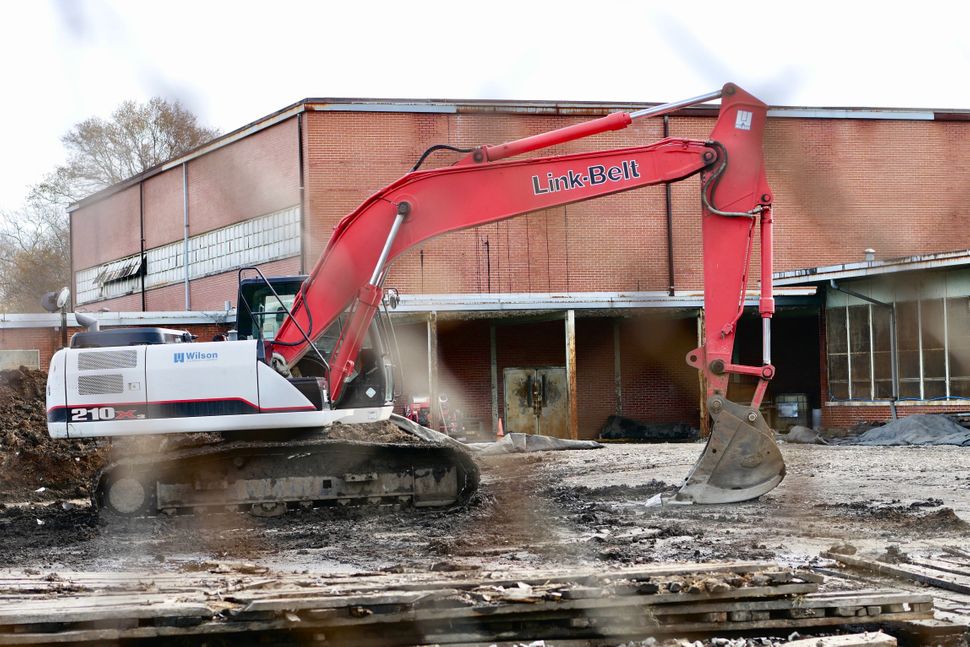
The costly clean-up in North Birmingham continues: Excavators make their way through sites on the contamination list, bringing in new soil and taking the dangerous dirt out of town in dump trucks. But residents don’t understand how fresh soil alone will solve the problem of living so close to “potentially dangerous conditions.”
They rally against the health department permits that allow the companies to continue polluting. They bring out their tales of health trauma, again, and permits are renewed, again. Industry keeps operating. And residents like Brown keep asking for better resources to deal with their problems.
Shadowing Brown at various environmental and public health meetings, I see how she would have been — or still could be — a great lawyer.
She’d call me when a reporter got something wrong or a politician who promised something never followed through. We talked about how her neighbors — the same residents calling for pollution permits to cease and the foundation of a community-led trust — are often portrayed as uneducated or ignorant in national media. The reality is, they’re up against some of the wealthiest and most powerful players in the state.
Brown wondered why the rest of the city didn’t seem to care about what was happening in North Birmingham. The middle-class, mostly white neighborhoods benefiting from Birmingham’s recent growth are only a few miles from the Superfund site.
She wondered, too, why the rest of the world, especially powerful national organizations, ignored the children living in her toxic neighborhood while rallying for clean water in Flint. No one from the Sierra Club or the NAACP, organizations with histories of suing for environmental justice on behalf of communities of color, returned my calls or emails for this story. (The NAACP metro-Birmingham president was asked to resign for his involvement in the anti-EPA scandal.)
If the groups working to conduct legitimate public health surveys do find a connection between residents living on toxic land and illness, Brown said the next step would be to get people to care.
This is the first story in a three-part series co-published with Scalawag. The next will introduce you to more North Birmingham residents who live in fear of a future as residents of a Superfund site.
REAL LIFE. REAL NEWS. REAL VOICES.
Help us tell more of the stories that matter from voices that too often remain unheard.
[ad_2]
Source link

